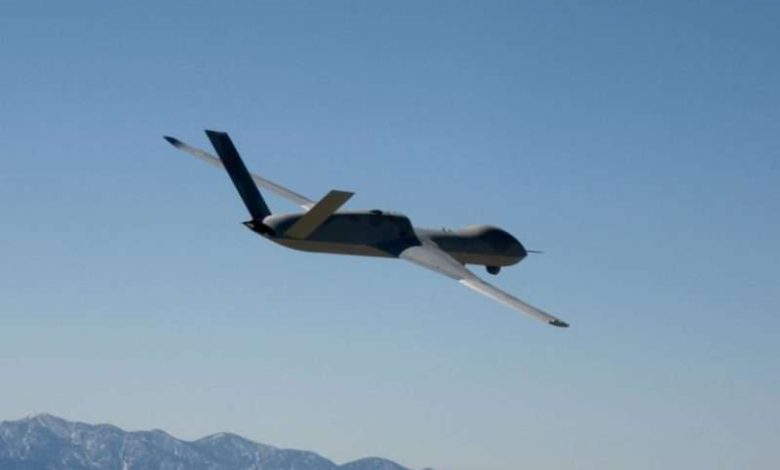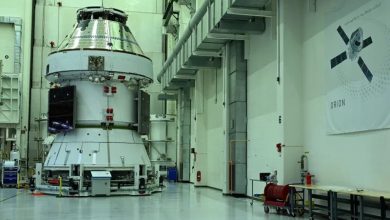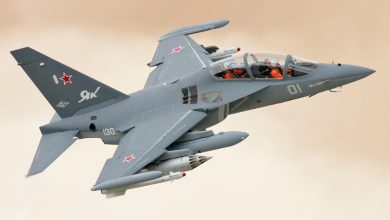
“Skybound Innovation: GA-ASI Unleashes AI-Powered Pilots on Diverse Missions”
General Atomics Aeronautical Systems, Inc. (GA-ASI) has significantly progressed its Collaborative Combat Aircraft (CCA) ecosystem by executing three distinct missions featuring artificially intelligent (AI) pilots on a practically relevant Open Mission System (OMS) software framework. A company-owned Avenger® Unmanned Aircraft System (UAS) was synchronized with “digital twin” aerial vehicles to autonomously carry out Live, Virtual, and Constructive (LVC) multi-objective collaborative combat operations. These sorties, occurring on December 14, 2022, from GA-ASI’s Desert Horizons flight facility in El Mirage, California, illustrate the firm’s dedication to advancing its CCA ecosystem for Autonomous Collaborative Platform (ACP) UAS via Artificial Intelligence (AI) and Machine Learning (ML). This innovation offers a transformative tool for next-generation military platforms designed to make strategic decisions amid dynamic and uncertain real-world environments.
The flight utilized GA-ASI’s innovative Reinforcement Learning (RL) framework established with agile software development practices and industry-standard resources like Docker and Kubernetes to cultivate and evaluate three deep learning RL algorithms within an operationally significant setting. RL agents showcased single, multi, and hierarchical agent interactions. The solo agent RL model effectively navigated a live aircraft while dynamically evading threats to fulfill its mission. Multi-agent RL frameworks operated a live and virtual Avenger to collaboratively pursue a target while steering clear of dangers. The hierarchical RL entity utilized sensor data to choose courses of action based on its comprehension of the situational context. This highlighted the AI pilot’s proficiency in processing and reacting to live real-time information autonomously, independent of a human operator, enabling mission-critical decisions at remarkable speeds.
During the missions, real-time alterations were executed to flight paths based on integrated sensor data provided by virtual Advanced Framework for Simulation, Integration, and Modeling (AFSIM) models, and RL agent tasks were dynamically assigned by operators while the UAV was airborne, showcasing efficient human-machine collaboration for autonomy. This live operational data outlining AI pilot performance will be incorporated into GA-ASI’s rapid training process for analysis and used to enhance forthcoming agent effectiveness.
“The principles demonstrated through these flights establish the benchmark for operationally pertinent mission systems capabilities on CCA platforms,” remarked GA-ASI Senior Director of Advanced Programs Michael Atwood. “The fusion of airborne high-performance computing, sensor integration, human-machine cooperation, and AI pilots making decisions swiftly illustrates how quickly GA-ASI’s capabilities are evolving as we transition towards operationalizing autonomy for CCAs.”
The team employed a government-provided Collaborative Operations in Denied Environment (CODE) autonomy engine along with the government-standard OMS messaging protocol to facilitate communication between the RL agents and the LVC system. Utilizing government-sanctioned standards like OMS will enable rapid incorporation of autonomy for CCAs.
Moreover, GA-ASI utilized a General Dynamics Mission Systems’ EMC2 to implement the autonomy architecture. EMC2 is an open architecture Multi-Function Processor with multi-level security protocols employed to host the autonomy system, showcasing the ability to deliver high-performance computing resources to CCAs for rapid adaptability in mission sets dependent on the operational landscape.
This marks another installment in an ongoing series of autonomous flights funded through internal research and development initiatives aimed at validating significant AI/ML concepts for UAS.






